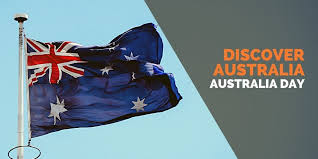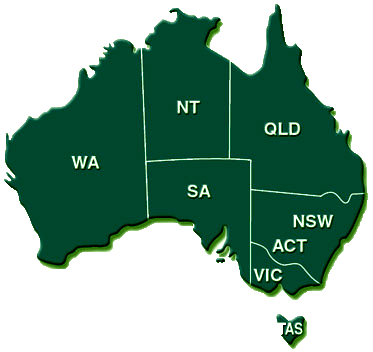
Australia Day, observed annually on the 26th of January, is the official National Day of Australia. While it commemorates the 1788 landing of the First Fleet at Sydney Cove and the raising of the Union Flag by Arthur Phillip, misconceptions and controversy surround the celebration. My article aims to provide an in-depth exploration of the historical events surrounding Australia Day, address the misconceptions, and emphasize the need for education on its significance.
Australia Day’s Historical Roots:
Contrary to popular belief, Captain Arthur Phillip did not arrive in Australia on the 26th of January. The First Fleet reached Botany Bay on the 18th of January, and Captain Cook’s landing occurred on the 28th of April 1770. The choice of the 26th as Australia Day has a different historical basis. Despite this, the emphasis on Captain Cook’s landing has led to a fading understanding of the day’s true significance over the generations.
Challenges in Education and Media Representation:
The fading importance of Australia Day can be attributed to a lack of effort from politicians and educators in promoting its true meaning. The media, too, has played a role in fanning the flames of discontent, particularly among the Aboriginal community, leading to calls for changing the date. However, the real challenge lies in the misconceptions perpetuated by inadequate education and biased media representation.
Acknowledging the Dark Chapters of History:
It is essential to recognize the dark chapters of Australian history, particularly the suffering of the Aboriginal community under British colonialism. Both the landing of the First Fleet and the impact on Aboriginal Australians should be remembered and taught side by side in schools, emphasizing the importance of understanding and learning from the entirety of Australia’s history.
The Birth of Australian Nationality:
The 26th of January 1949 marked a pivotal moment in Australian history when the Australian Nationality came into existence with the enactment of the Nationality and Citizenship Act 1948. This legislation granted all Australians, including Aboriginal Australians, the status of Australian citizens, separating them from the previously imposed label of ‘British Subjects.’
Freedom, Protection, and Unity:
The implementation of the Nationality and Citizenship Act of 1948 was a significant step towards ensuring the freedom and protection of all Australians under Australian law. It was a day when Australians, regardless of background, became united as one nation. The Act paved the way for the government to assist Aboriginal Australians and marked the beginning of a new era of unity and protection under Australian law.
Australia Day as a Celebration of Unity:
Australia Day, on the 26th of January, continues to be a day of celebration for both old and new Australians. Citizenship ceremonies held on this day symbolize the implementation of the Nationality and Citizenship Act of 1948, granting individuals the right to live under the protection of Australian law. It is a day to remember and celebrate the achievements that have allowed all Australians to live without fear in a land of peace.
The Importance of Education:
Education emerges as a key factor in dispelling misconceptions surrounding Australia Day. There is a pressing need for a comprehensive and accurate portrayal of the historical events leading to the celebration of January 26th. This knowledge should be disseminated through schools and other educational platforms to ensure that Australians understand the true significance of the day.
Conclusion:
Australia Day holds profound historical significance beyond the arrival of the First Fleet. It marks the birth of Australian nationality, symbolizing freedom, protection, and unity for all Australians. As misconceptions continue to cloud the understanding of this day, it becomes imperative to prioritize education to ensure that the true meaning of Australia Day is appreciated and celebrated by all. By acknowledging both the positive and negative aspects of history, Australians can come together to embrace their shared identity and appreciate the journey towards a united and inclusive nation.
This article is written by Ray Payne OAM


